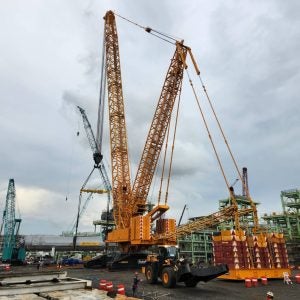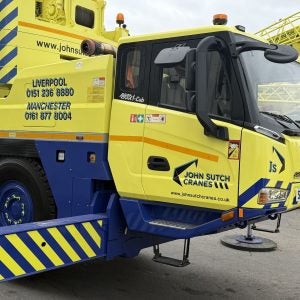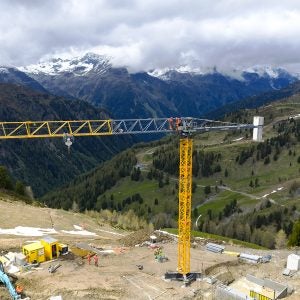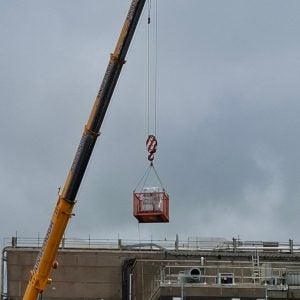A STRATEGY review by Dutch marine specialist Smit Transport & Heavylift has led to plans to sell ‘a significant number’ of smaller barges to rationalise its fleet of 145 vessels. Parent company Smit group is going through a wider reorganisation, abandoning attempts to become a general maritime contractor and focus on its core businesses of transport and heavylift, harbour towage, terminals and salvage. It has also withdrawn from the self-propelled transport market.
‘Heavy lift has attractive future prospects and we have a clear opportunity to become the global leader in our chosen markets,’ said Ben Vree, who has taken over from Nico Buis as chairman of Smit’s executive board. ‘We will approach this sector with a fresh mind. There is a clear trend towards heavier equipment, capable of lifting ever-larger modules. One possible response is a modular approach to heavy lift.’
Abel Dutilh, managing director of Smit Transport & Heavy Lift, said: ‘The first priority, under the new strategy, is to integrate companies such as Takmarine, Eerland, Smit Singapore, Smit Americas and Smit Pentow Marine into one transport and heavy lift organisation, controlled centrally and providing a cohesive global service.’
Smit’s heavy lift capacity is based on its its 14 sheerlegs, of which eight are based in Europe, four in Asia and two in the Americas. Dutilh said that Smit was likely to target business at the very heaviest end of the market. ‘It is unlikely that we will seek to replace a 300t sheerlegs in Rotterdam,’ he said, but there may be a need for a 3,000t+ unit in the Atlantic region and in Southeast Asia. Smit brought the 3,200t capacity Asian Hercules II from Asia to Europe in the late 1990s and its very presence virtually created its own market.
Dutilh said that competition for the sheerlegs mostly came from ‘alternative’ lifting methods. ‘Our business development ambitions require a much clearer projection of the advantages of floating heavy lift solutions,’ he said.






